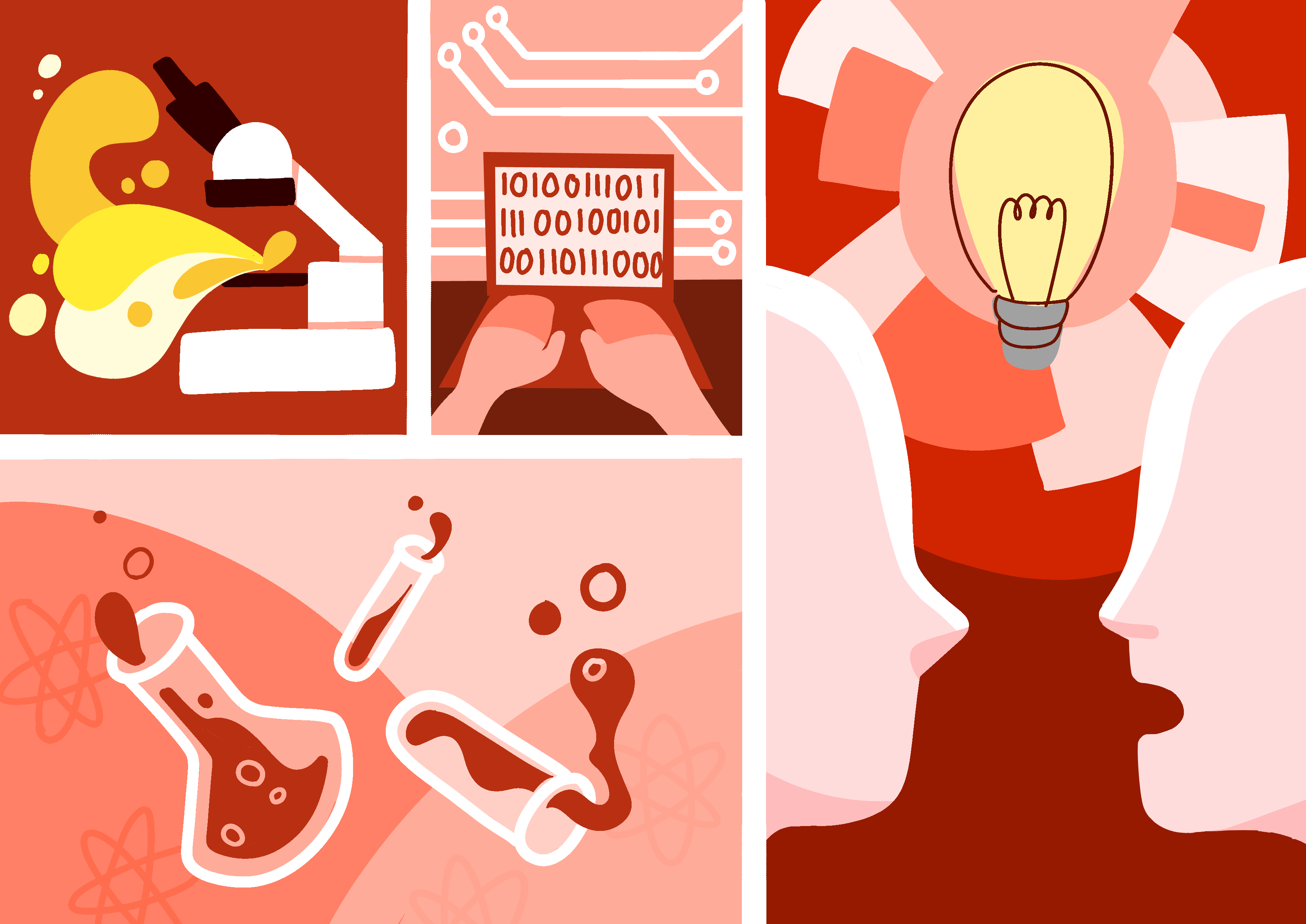The science & technology desk gathers a weekly digest with impactful and interesting research publications and developments at Stanford. Read the latest in this week’s Research Roundup.
Pill-based chemotherapy
Cancer chemotherapy can now be delivered in pill form, and these pills may be even more effective than traditional chemotherapy methods, Stanford researchers found in a study published by “Nature.”
A team of researchers led by Mark Smith, the head of medicinal chemistry at Sarafan ChEM-H, designed a molecular tag which attaches to targeted molecules. This combination makes the therapy consumable in pill form. Early trials in mice found this method to be even more effective than the traditional IV route.
Stanford Oncologist James Dickerson M.S. ’24 highlighted the potential impact of this molecular tag being appended to the target molecules. He told Stanford Report that this treatment “could lead to a better patient experience and, globally … increase access to care for patients with the most common cancers.”
Drug development researchers often struggle with the fact that drug molecules have to both be water-soluble and lipophilic. This means that the drug molecules have to both travel in the bloodstream and enter the target cell. It’s rare for a molecule to both be lipophilic and water-soluble, because lipophilic molecules are hydrophobic — or not attracted to water — and do not dissolve in it whereas water molecules are hydrophilic and dissolve in it.
Smith designed the molecular tag so that, when bound to the drug molecules, they would be water soluble and able to move throughout the bloodstream. The tag would then “fall off” at the right time, making the drug molecules now able to cross the plasma membrane and enter the cells.
The design of the tag was such that the only way it could be removed was by special enzymes that rest on the specific cells lining the stomach and intestines — effectively manipulating cellular differentiation, meaning that different types of cells have specialized structures and functions.
“This could transform the way millions of patients around the world receive chemotherapy,” Smith told Stanford Report.
Macrophages protect liver cancer stem cells
A study published in “Nature” revealed that macrophages, a type of white blood cell, interact with neighboring liver cancer stem cells, acting as a “shield” to prevent the cancer cells from being detected by the immune system. This process increases the chances of liver cancer recurrence.
The researchers used a spatial mapping technique, CODEX (co-detection by indexing), to view the main cell types in tumors. Out of the results, they selected three for further examination: tumor cells, macrophages and T cells, which aid the immune system. They then divided the tumors into ones treated with and without chemotherapy. From examining the ones treated with chemotherapy, it became clear that the macrophages were exhibiting unusual behavior.
Renumathy Dhanasekaran, an assistant professor of gastroenterology and hepatology, explained this peculiar observation to Stanford Medicine.
“Instead, the macrophages had flipped their personalities to become pro-tumor — protecting the cancer cells from attacks by T cells,” she said.
The researchers now look to examine two molecules — PDL1 and TGF beta — that may be responsible for this elevated risk of liver cancer. The molecule PDL1 inhibits T cells and, as a result, lowers the immune response. Cells that express PDL1 can eventually trigger TGF beta, which plays a role in cancer development.
“This is a beautiful example of how preserving and studying the spatial orientation of cells within a tumor can identify previously unknown molecular mechanisms that promote tumor growth and suggest new therapeutic approaches,” Dhanasekaran said.
A new AI method to detect DNA variations
Researchers at Stanford Medicine recently outlined a new way to recognize both simple and complex variations in DNA. In a study published in “Cell,” the authors used an AI-based approach to identify several areas of DNA that could affect parts of the brain.
They were able to train the AI to recognize the wide array of structural differences between samples of DNA through exposing the algorithm to a vast number of genomes based on a diverse population of individuals. These structural differences give insight into the complex roles of DNA in regulating the body and brain.
The researchers named their algorithm “The Automated Reconstruction of Complex Structural Variants,” or ARC-SV for short.
According to researchers, using AI is a step up from previous technologies that could only focus on simple base pair changes.
“Looking for only simple variations is like proofreading a book manuscript and searching exclusively for typos that change single letters,” co-senior author Alexander Urban told Stanford Medicine.
